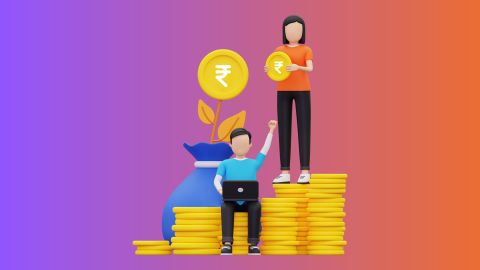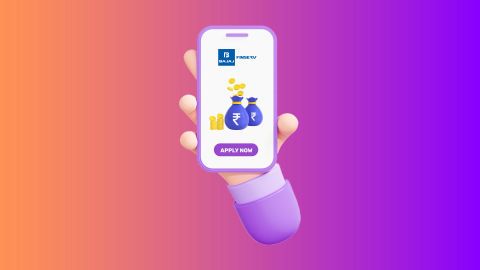Peer-to-peer (P2P) lending, also known as P2P loans, is a decentralised financial model that connects individuals looking for loans with potential lenders. In this digital age, P2P lending platforms act as intermediaries, facilitating direct lending between individuals and financial institutions. In India, the P2P lending market is regulated by the RBI. Explore how to go for P2P lending with its pros and cons. This alternative financing method has gained popularity due to its simplicity, accessibility, and the potential for more favourable terms compared to conventional loans.
What is peer-to-peer lending in India?
Peer-to-peer lending in India involves individuals lending and borrowing money directly through online platforms, without the involvement of traditional financial institutions. Investors provide funds to borrowers, and returns are generated through interest payments. Regulatory guidelines govern these platforms to ensure transparency and protect the interests of both lenders and borrowers.
How does peer-to-peer lending work?
P2P lending platforms operate as online marketplaces, bringing together borrowers and lenders. The process typically involves the following steps:
- Registration: Both borrowers and lenders need to register on the P2P platform. Borrowers provide information about their financial needs, while lenders create profiles indicating the amount they are willing to lend and the interest rates they expect.
- Loan listings: Borrowers submit loan listings outlining their requirements, the purpose of the loan, and the interest rates they are willing to pay. Lenders can browse these listings and choose the loans that align with their investment goals.
- Credit evaluation: P2P platforms often conduct credit assessments on behalf of lenders to evaluate the creditworthiness of borrowers. This helps lenders make informed decisions.
- Loan approval and funding: Once a lender selects a borrower, the loan is approved, and the funding process begins. Multiple lenders can contribute to a single loan, spreading the risk among a diverse group of investors.
- Repayment: Borrowers repay the loan amount along with interest in fixed instalments over the agreed-upon period. P2P platforms facilitate the repayment process and distribute the returns to the lenders.
Advantages and disadvantages of peer-to-peer loans
Advantages:
- Access to finance: P2P lending provides an alternative financing option, especially for individuals with limited access to traditional banking services.
- Competitive interest rates: Borrowers may secure lowest personal loan interest rate, often lower than those offered by traditional financial institutions.
- Diversified investments: Lenders can diversify their investment portfolios by participating in multiple loans, reducing the impact of default on any single investment.
Disadvantages:
- Risk of default: As with any lending, there is a risk of borrowers defaulting on their payments, impacting the returns for lenders.
- Limited regulation: P2P lending is still a relatively young industry, and regulatory frameworks may vary. Lack of stringent regulations can pose challenges in terms of investor protection.
- Technology risks: P2P platforms rely heavily on technology, and technical glitches or cybersecurity issues can potentially disrupt the lending process.
How is P2P lending regulated in India?
Peer-to-peer (P2P) lending in India is regulated by the Reserve Bank of India (RBI). The regulations include caps on lending and borrowing amounts, requirements for the platforms to obtain NBFC-P2P licenses, and guidelines for transparency, reporting, and grievance redressal mechanisms to ensure investor protection.
A viable and secure alternative to P2P lending is a personal loan. Based on your needs, you can go for a personal loan with features such as:
- Disbursal in 24 hours
- Easy online application process
- Flexible tenures up to 96 months
- Minimal personal loan documentation
In conclusion, P2P lending represents a disruptive force in the financial landscape, offering a viable alternative for both borrowers and lenders. While it comes with its features, borrowers need to carefully assess the pros and cons before making a financial decision.




